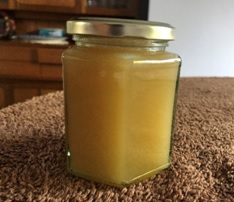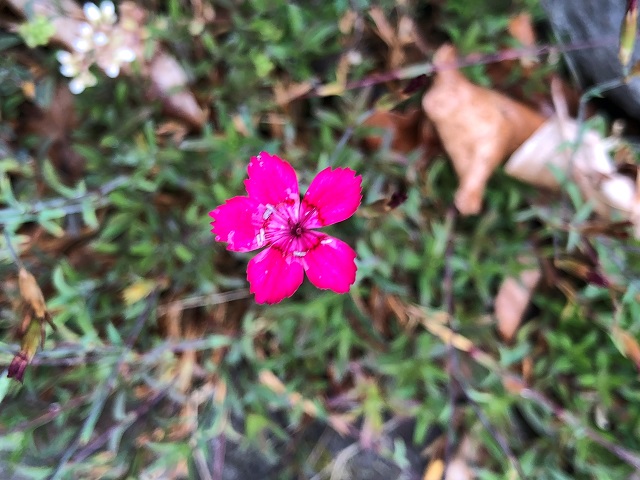JULY 2022
Well hopefully your hives are settling down after the madness of spring, and starting to build up nicely. I took some spring honey from two of my hives that were doing particularly well, only to find that my bees had been feasting on oil seed rape. It is a good thing I extracted when I did before it set solid in the comb. Needless to say it set beautifully in the jar within about a week, and it is a lovely pale lemon colour, with a delicate flavour and a creamy texture. I have never experienced OSR honey before so this was a new experience for me.

What is going on in the hive?
The colony will be building up strongly now with the warmer weather we have had. The swarming season should in theory be over … but some bees don’t read the books and swarming could still occur, so keep checking your hives! The queen should be working hard now building up the brood in the hive, and the longer hours of daylight and warmth will mean the foragers will be out from early morning until the evening.
Check your hives
You should continue your regular inspections once a week to look out for signs of swarming. It is also important to keep an eye on the health of the colony – look at the brood pattern, are the stores building up nicely, is there anything that looks unusual in the hive? If in doubt, maybe ask someone else to take a look – a second pair of eyes is always helpful I find.
Now is a good time to do a varroa count – put a varroa board in and count up the number of varroa you see after 24 hours. According to the FERA National Bee Unit guidance on Varroa you don’t want more than 1,000 Varroa in your hives otherwise there is the risk of colony collapse. You can roughly calculate the number of Varroa in your hive by taking the daily mite drop and multiplying as follows:
- November to February: daily mite drop x 400
- May to August: daily mite drop x 30
- March, April, September and October: daily mite drop x 100
You could also put a super frame in the brood box, to let the bees draw out the comb below. This new comb is likely to be drone comb, which is preferred by varroa mite. Once the drone brood is sealed, then take the super frame out and open up the drone brood, to see the levels of varroa within these cells. It is a bit of a grisly task but it gives you a good indication of the level of varroa infestation and it gets rid of a load of varroa too. (And my chickens love the discarded drone brood!)
Take action as necessary using a control such as MAQS, but if the levels are ok, then no need to treat, but keep monitoring. In your regular inspections, the usual checklist applies:
- Do you see the queen or evidence of the queen (eggs, larvae brood in all stages)
- What does the brood pattern look like? If it is patchy it could indicate that the queen is failing, or a brood disease.
- Look out for evidence of disease.
- What is the temperament like?
- Do you see drones?
- Do you see queen cells? Have your swarm prevention plan to hand. Just destroying any queen cells normally just delays the problem, so be ready to manage this situation.
- Are there sufficient stores – nectar and pollen?
- Is there enough room? If in doubt, add another super!
Don’t forget to keep records updated!
Check the Larder
I don’t know about you but the roses have been particularly spectacular this year! Here is a selection of flowers in my garden this week. I noticed today that Himalayan Balsam is beginning to flower too… Enjoy your bees!








